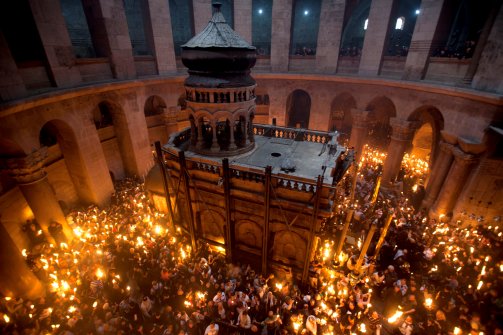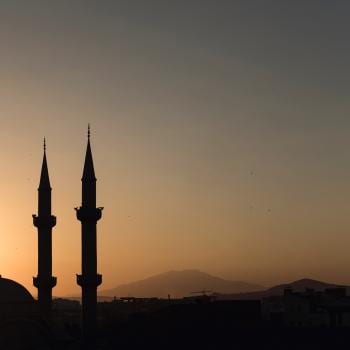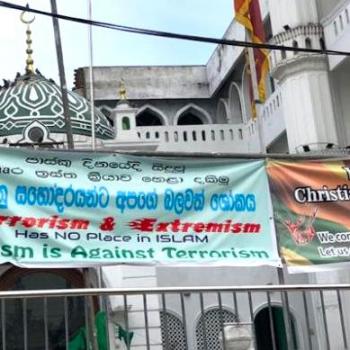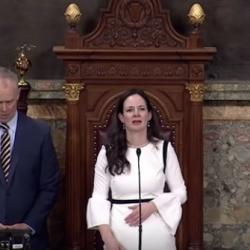Who knew?
If you follow the boisterous groups of cross bearers and prayer-humming nuns who weave through the narrow streets of Jerusalem’s Old City, you’ll eventually end up in a rare clearing that holds one of Christianity’s holiest buildings: the Church of the Holy Sepulchre. Orthodox and Catholic Christians consider the complex to be built on the site of the crucifixion, burial, and resurrection of Jesus Christ, and the ancient structure is like no church you’ve ever seen: a layered, winding complex of various tombs, relics, and caverns.
It’s also one of the most contentious sites in Christianity. Six Christian denominations—Greek Orthodox, Armenian Apostolic, Roman Catholic, Coptic Orthodox, Ethiopian Orthodox, and Syriac Orthodox—share jurisdiction of the cavernous church and have been notoriously unable to keep themselves from throwing punches at the slightest perceived offense. Warring factions can cause disastrous problems, so when the combative holy clerics threatened the protection of one of the religion’s holiest sites, there was only one way to keep the peace: find a neutral mediator.
Enter two Muslim men: Wajeeh Nuseibeh and Adeeb Joudeh. Since 1192, when a peace agreement was brokered, giving control of the front gates to Muslim gatekeepers, the ancestors of these two men have been the key holders and mediators for the sacred church. Each day since the accord, their families have opened the church to worshipers. The ritual begins around 4 a.m., when Joudeh delivers the cast-iron key to Nuseibeh, who unlocks the wooden doors to the church. When nightfall hits, the two reverse the ritual, locking it up for the night. The Muslim families have also been tasked with symbolic roles in holiday rituals, and they work as peacekeepers for the often-quarreling Christian sects.












